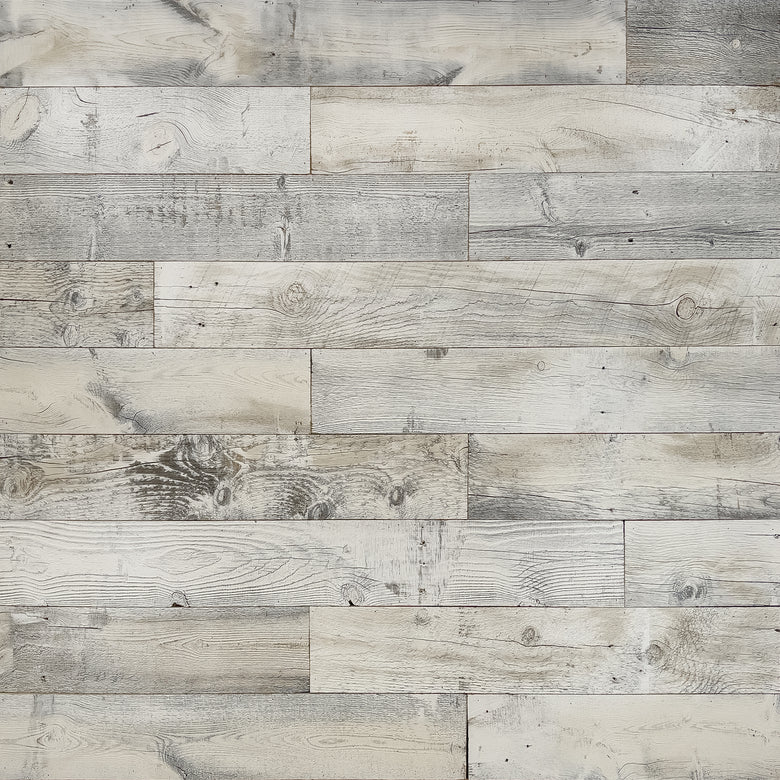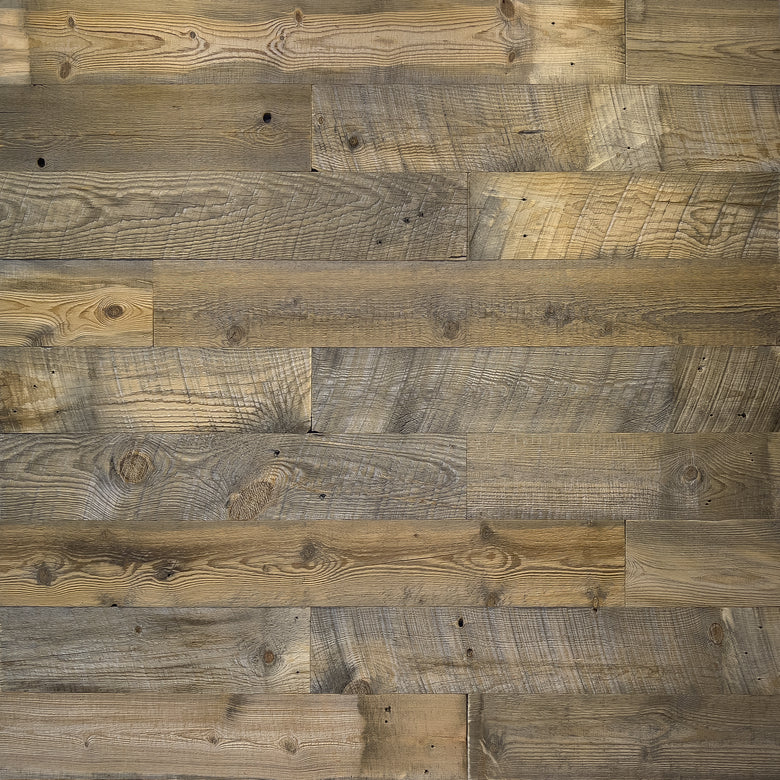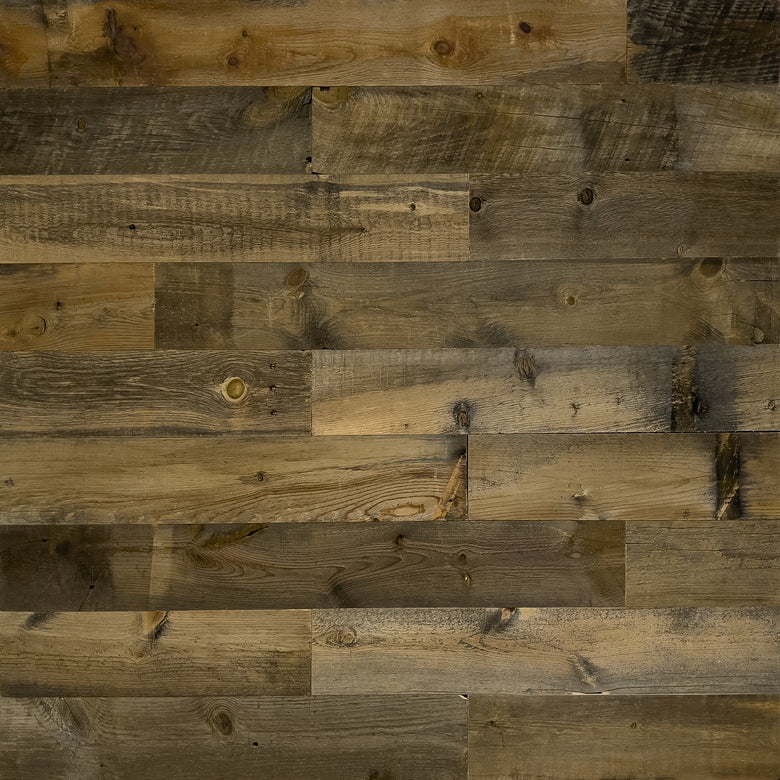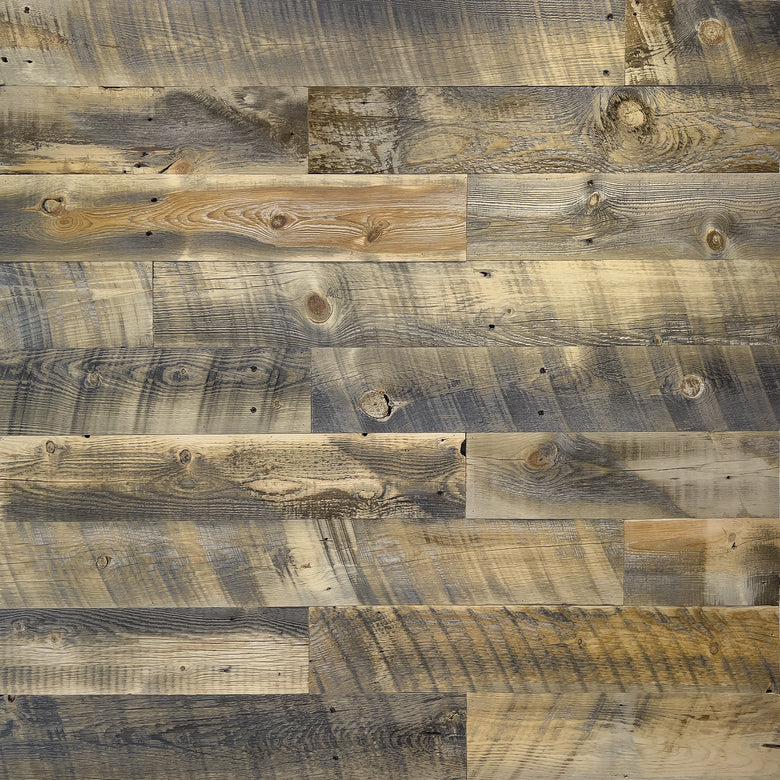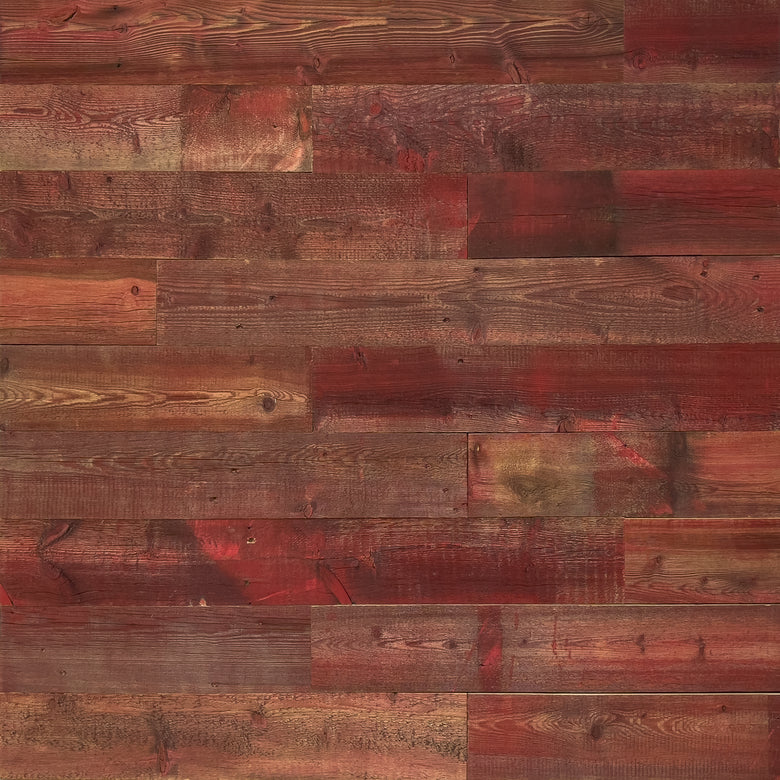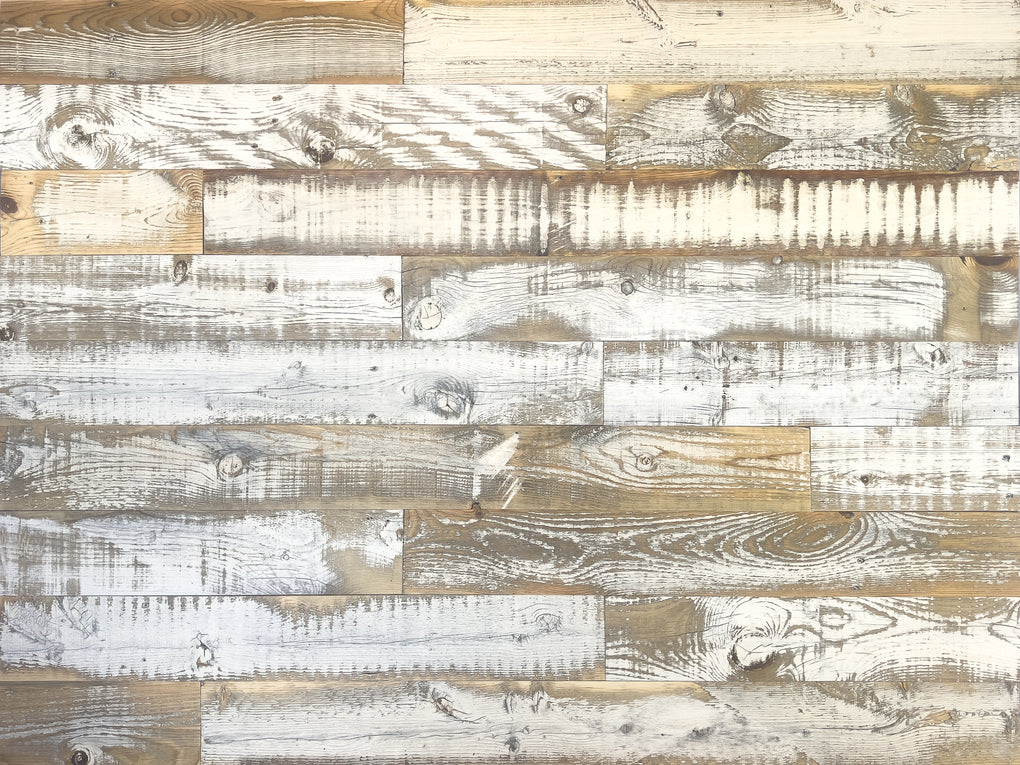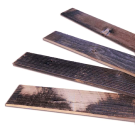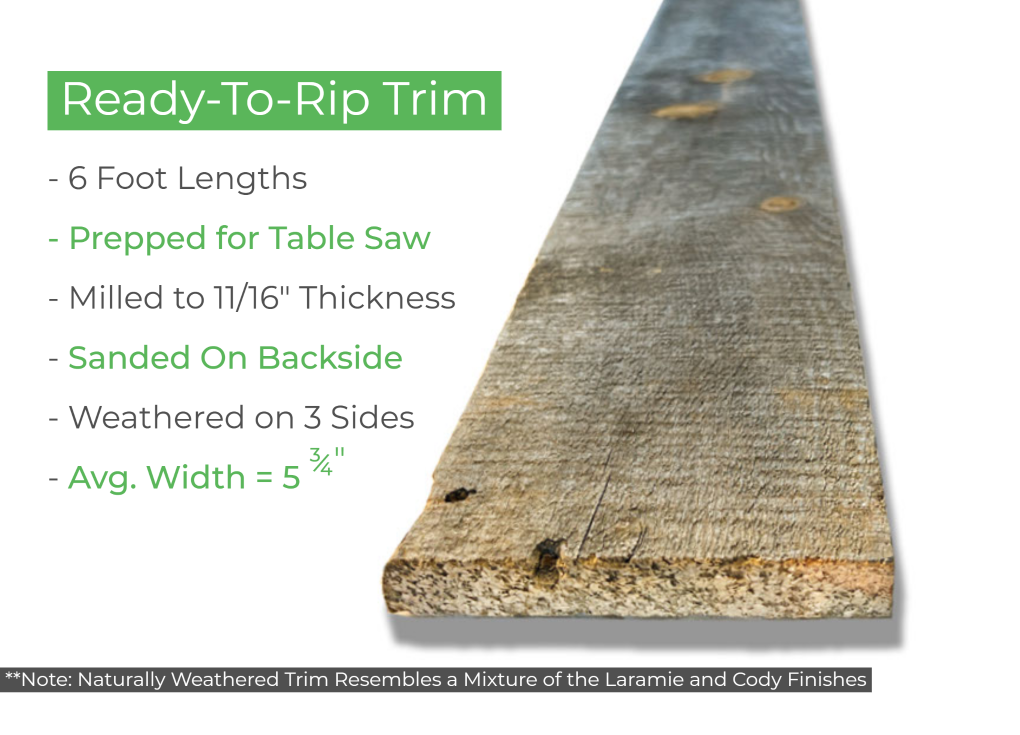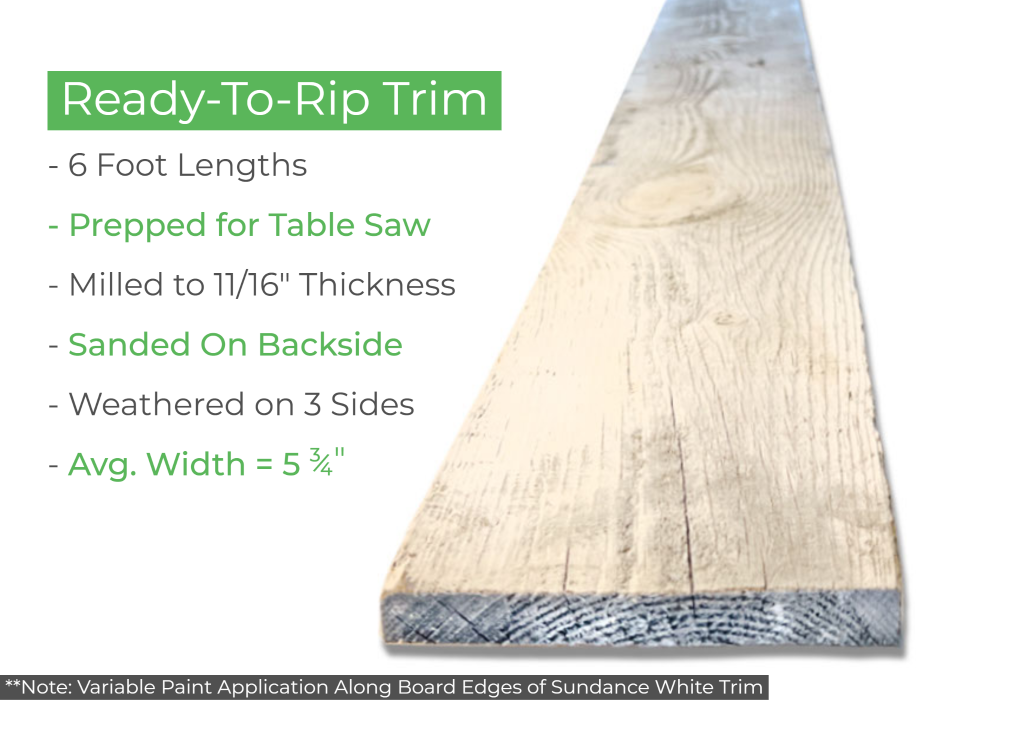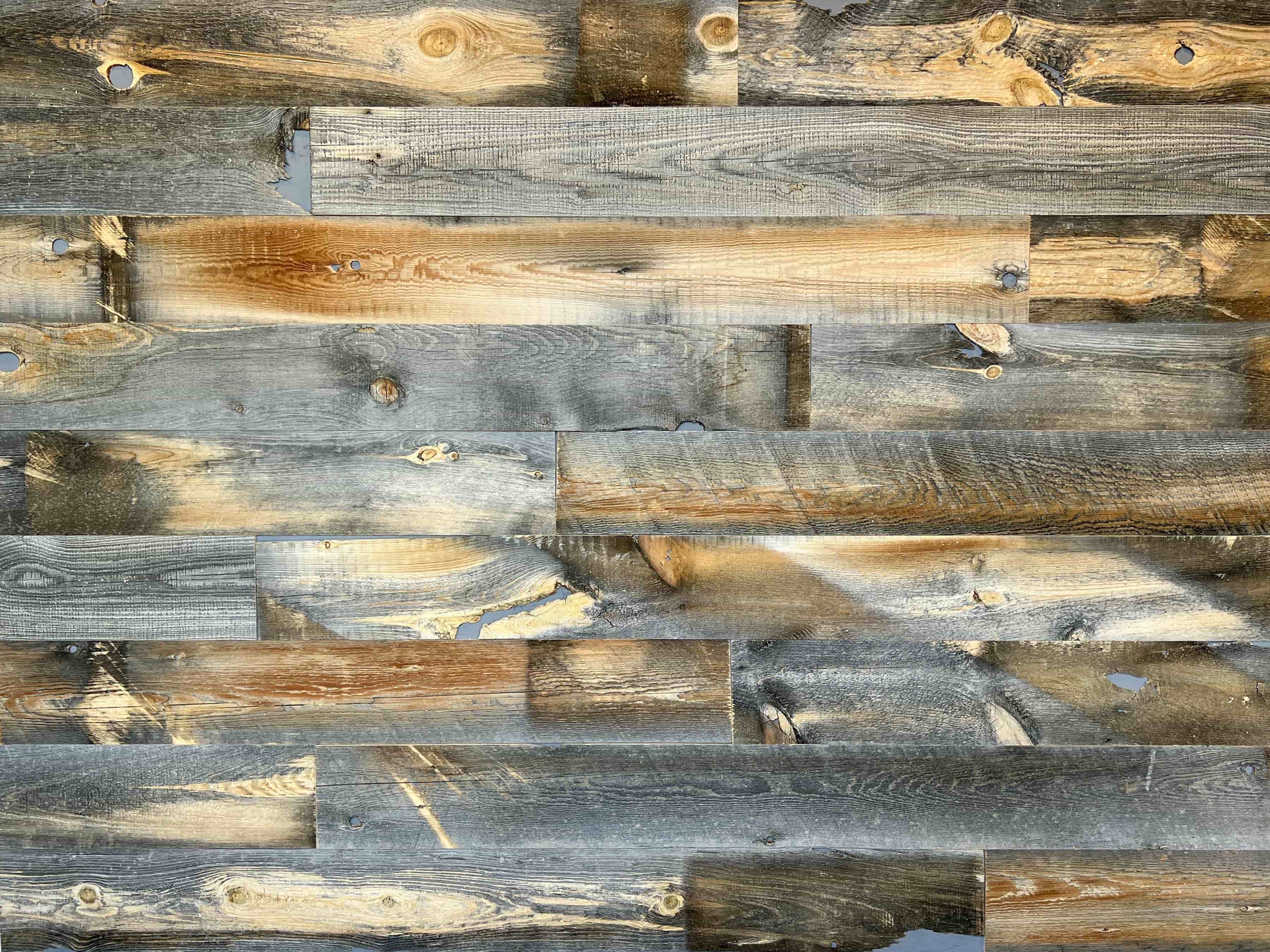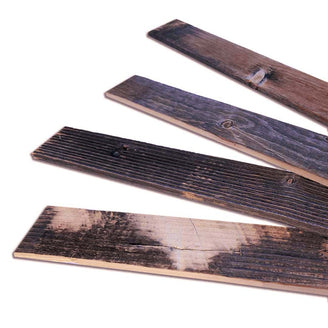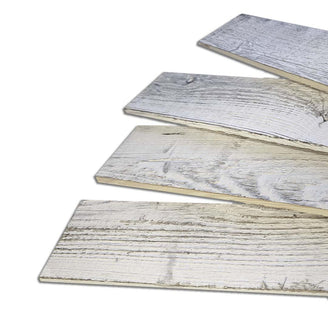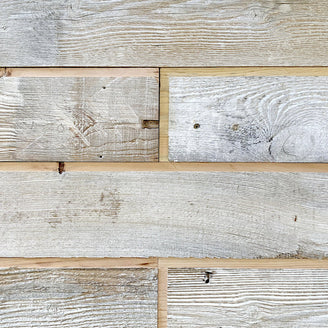If you’re looking for a new DIY reclaimed wood project, we have an exciting new build to share with you!
In our latest video tutorial, we walk you through the steps of building a reclaimed wood mantel or exposed ceiling beams. The best part about this project is it gives you the opportunity to either make two reclaimed wood ceiling beams, two floating mantels, or one of each.
This is a great standalone project if you’re new to working with reclaimed wood, but it can also be used to accent any other reclaimed wood features you may have.


